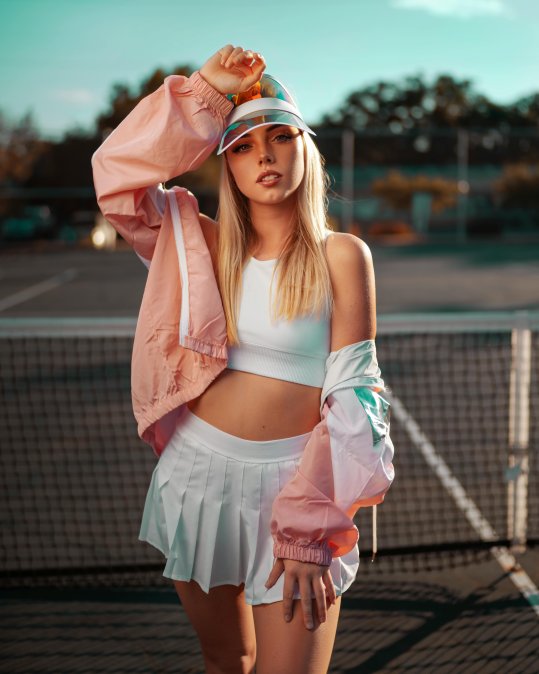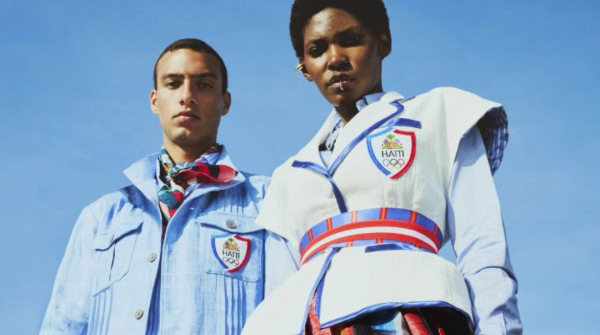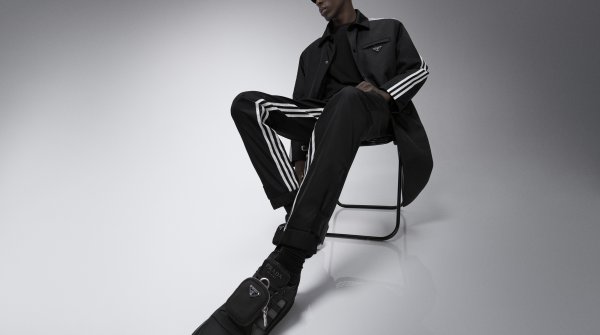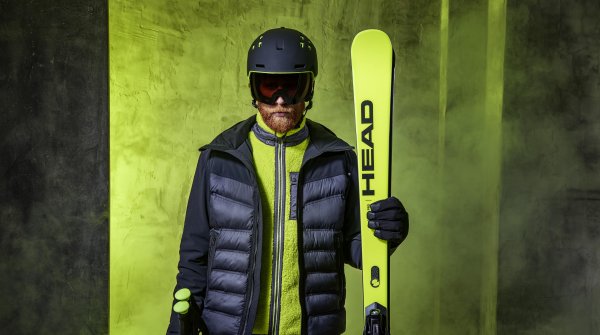Luxury Sportswear
Luxury sportswear now stands as a clear business opportunity, not just a passing trend as it was in the past. In fact, the global luxury activewear market is expected to grow at a significant rate over the coming years, supported by a range of factors. For luxury sports brands and retailers, this combination of performance and exclusivity opens doors to fresh customers and higher prices. In the following sections, we will explore what makes luxury sportswear unique, who is leading the charge, why it matters for brands shaping the future of sports fashion, and so much more.
Positioning and value
Luxury sportswear is fitness apparel designed and retailed by luxury sports brands. It is positioned higher than normal fitness wear due to the premium price, design attention, and restricted distribution. To brands and retailers, it creates a new value zone.
Difference to athleisure and classic sportswear
The key difference between luxury sportswear and athleisure (or classic sportswear) is the latter’s sporty casual wear designed for everyday wear. Athleisure is a mix of fashion and comfort, but remains purely for purpose and everyday sports application. So, it does not incorporate design refinement and market positioning that exists in premium sportswear.
Function and fashion combined
In commercial terms, luxury sportswear is function and fashion blended together. Consider high-end brands like Moncler, Arc'teryx, or La Martina debuting performance-ready product lines. The category presents higher margins and customers who desire quality and also brand exclusiveness.

When we talk to industry insiders, the names of few brands and retailers keep coming up again and again in the luxury sportswear market. We look at them not just as labels, but as strategic players shaping the field.
Leading brands shaping the luxury sportswear market
Nike, Adidas, and Puma are still big in the luxury space, thanks to their premium lines, high-tech partnerships, and strong global reach. Brands like Lululemon are viewed less as trend chasers and more as pioneers. Their activewear mixes quality with lifestyle appeal across many markets.
On, a Swiss sneaker brand backed by Roger Federer, is growing at a steady rate with 2025 revenue expected to grow by at least 28% to 2.86 billion Swiss francs (or $3.4 billion).
Many of these brands also build global awareness through sport events, as seen in fashion brands at the Olympics.
Higher-end performance brands also shape the space. Castore, for example, has made waves by acquiring 100% of heritage fashion brand Belstaff and building powerful sports deals. Another name to watch is Moncler, known for luxury outerwear and expanding its sport-by-fashion line quietly, but steadily.
Retail brands taking the charge
On the retail side, premium activewear chains like Fabletics are showing strong results. With both online and store presence and a VIP membership model, Fabletics pulled in over $500 million in annual sales in just 5 years and is on track to generate $1 billion in annual sales.
Each brand stands out in its own way, whether through strong performance, stylish design, or new retail ideas. They are shaping where luxury sportswear is headed and how businesses will compete in that space.
The global luxury sportswear market is not small anymore. In 2024, it was valued at around $6.3 billion and is forecast to grow to $8.93 billion in 2029, with a CAGR of nearly 7.2%, according to The Business Research Company. This steady rise shows clear demand from high-income buyers who want both performance and brand value.
Luxury is moving into sport not as a trend, but as a new long-term growth market. This move is mainly driven by two clear forces: lifestyle pull and business expansion. High-income consumers increasingly see sport as a lifestyle, and they want products that fit both performance and style. This has opened new ground for luxury sports brands that once focused only on runway fashion.
For brands and retailers, the rise or partnerships between luxury labels and sports companies show how the market creates value and brings in new customers. Dior teamed up with Technogym for limited-edition home fitness gear, while Gucci joined hands with Adidas on collections that sold out fast after making a solid debut on the runway at Gucci in February 2022 at Milan Fashion Week. These collaborations between fashion labels and sports brands blur lines between sport and fashion and create new space for retailers to position themselves.
For fashion brands, it’s easy: premium pricing, longer product lifespan, and new retail. Luxury is not seasonal like fast fashion, so retailers have more control.
ISPO as the stage for luxury sportswear
ISPO has never been just a trade fair. It is where sports and fashion trend leaders of the world meet. For high-end sport brands, ISPO provides the stage to show how style, function, and business can align. It is where concepts transform from a mere presentation to a full-fledged strategy.
At the shows in Munich and Shanghai, buyers and decision makers see firsthand how luxury connects with performance. This includes collaborations between fashion houses and sports labels, innovative textiles, and new retail concepts. These meetings are not just about products, but about opening new markets and building business networks. Each connection made here can shape a new revenue stream.
Trends and insights beyond the show
ISPO also closes the gap in the internet. Through news, interviews, and analysis by experts, the magazine puts into perspective the players influencing luxury sportswear. These luxury and sports trends show how fast the market is evolving.
For brands and retailers, ISPO allows them to discover where the market is going, find partners, and find its place in a growing sector. It is where luxury and sport stop being two worlds and start becoming one business field.
The future of luxury sportswear looks good, with expansion fueled by new markets, new consumers, and new thinking. Demand will rise as successive generations embrace sport and fashion as a definition of self. For luxury sports brands, this will create more room to innovate and create long-term business models.
Increasing demand of luxury sportswear in Middle East and Asia
The first trend that's a no-brainer is the emphasis on the Middle East and Asia. They have rapidly expanding middle classes that have the income and desire to purchase high-end equipment. Several of these brands already have flagship stores in Shanghai, Switzerland, Dubai, and Seoul, for example, On, Arc'teryx, Saloman, SPYDER, BOONTHESHOP, and BEAKER.
Focus on sustainability
Sustainability will be involved, too. The consumer desires high-quality equipment, but also recycled materials and clean supply chains. Brands that can offer both will be competitive.
Digital technology for retailers
Digital tech also plays a large part. Virtual store windows, AI-driven personalization, and even virtual fashion for gaming and the metaverse are in motion. All these technologies enable retailers to close on new consumers and build more meaningful brand relationships.
Fashion & sport collaborations
Last but not least, fashion-sport collaborations will continue to grow. Expect more joint collections that mix heritage fashion houses with sports brands. These launches keep interest high and open new price points.
In short, the future is not about choosing between sport and luxury. It is about building products and services where both meet, so brands and retailers can grow in a market that is set to keep expanding year after year.
Conclusion
Luxury sportswear is no longer sideline fashion but is defining the future of fashion and sport as a whole. For luxury sport brands and retailers, this means increased margins, strong global demand, and fresh customers. The future will be driven by growth in Asia and the Middle East, but Europe and North America will continue to be centers to tap into. Sustainability, digital technology, and cross-brand partnerships will continue to be the signature of the sector.
To the industry, the message is clear: luxury sportswear is not fleeting fashion but a long-term business opportunity, and ISPO is where these channels meet.




